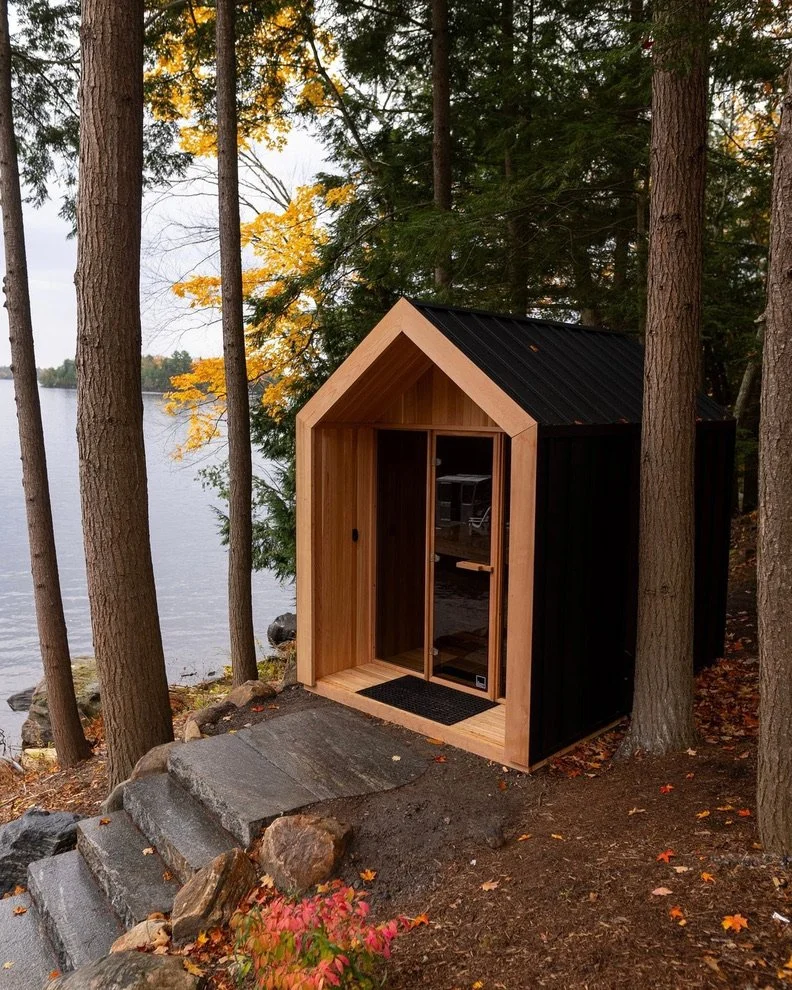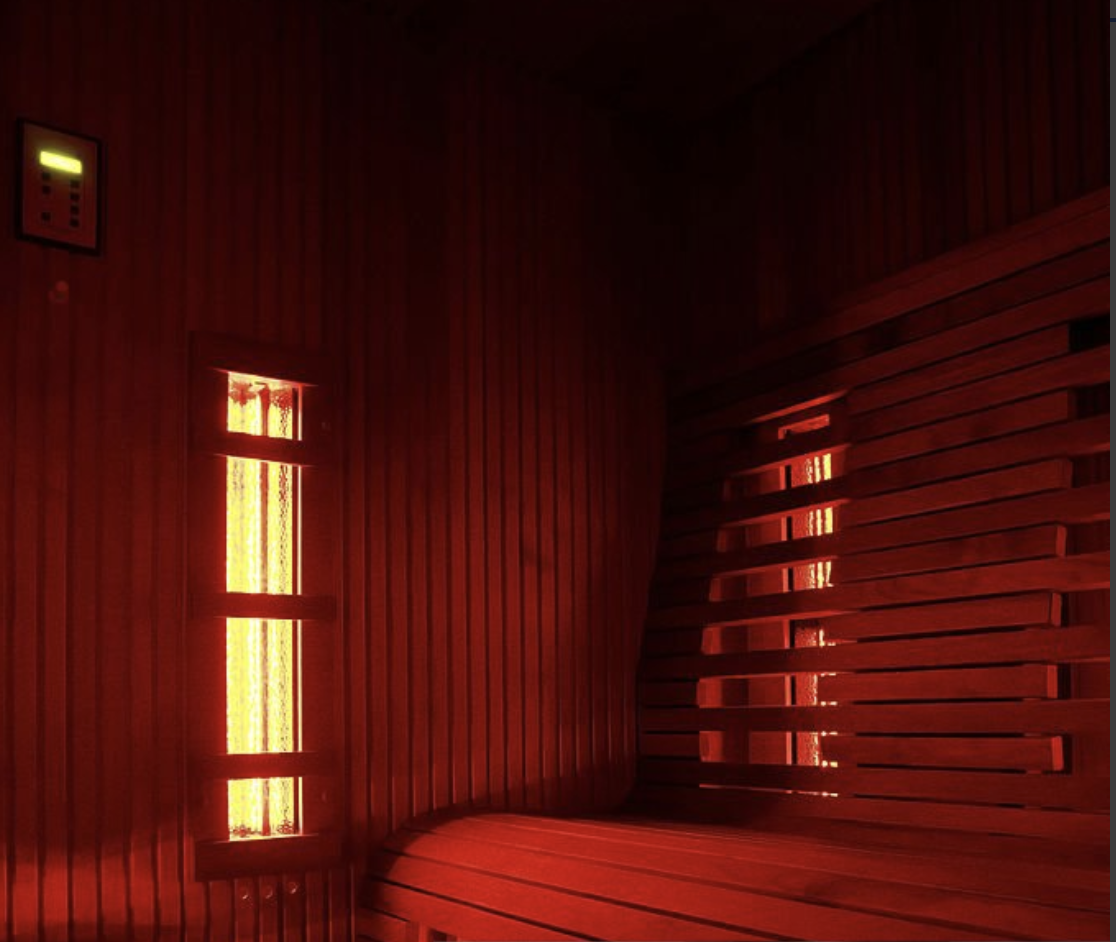Investing in the Right Sauna for Your Home: Traditional vs. Infrared - A Comprehensive Guide
Saunas have been an integral part of various cultures for centuries, offering relaxation and potential health benefits. When it comes to modern saunas, two popular options stand out: Traditional Sauna and Infrared Sauna. Michael was recently interviewed in Forbes discussing the practical considerations of adding either to your home; you can listen to the roundtable here.
The decision between the two ultimately boils down to personal comfort, health goals, and considerations such as available space and budget. In this comprehensive guide, we'll explore the key differences between Traditional Sauna and Infrared Sauna, helping you make an informed choice for your wellness journey.
Both kinds of saunas provide a variety of benefits to the body and mind:
Better sleep
Relaxation
Detoxification
Weight loss
Clear and tighter skin
Improved circulation
The main difference between the two is in the way the heat the space and the temperature.
Heat Source
One of the fundamental distinctions between Traditional and Infrared Saunas lies in their heat sources.
Traditional Sauna: This sauna type heats the air directly. The heating element warms the air within the sauna, creating a high-temperature environment that is known for inducing profuse sweating.
Infrared Sauna: In contrast, Infrared Saunas use infrared light to heat your body directly without significantly affecting the air around you. This unique approach provides a more subdued experience in terms of air temperature, making it appealing to those who find the intense heat of traditional saunas less comfortable.
Temperature
The temperature variance between Traditional and Infrared Saunas can significantly impact your sauna experience.
Traditional Sauna: These saunas are known for reaching higher temperatures, often exceeding 160°F. The intense heat is believed to promote deep sweating and detoxification.
Infrared Sauna: Operating at lower temperatures, typically around 120-130°F, Infrared Saunas provide a milder environment. This lower temperature can be more tolerable for individuals who might find the extreme heat of traditional saunas overwhelming.
Health Benefits
The health benefits associated with saunas depend on the type of sauna and its impact on your body.
Traditional Sauna: By heating the air directly at high temperatures, traditional saunas are considered beneficial for respiratory conditions. The heat promotes improved circulation and may help alleviate symptoms of asthma or bronchitis.
Infrared Sauna: Infrared light in these saunas penetrates the body, warming muscles and joints directly. This can be particularly beneficial for those seeking relief from muscle pain, arthritis, or joint stiffness. The gentler heat of infrared saunas can also be more suitable for individuals with certain respiratory issues.
Comfort
Comfort plays a crucial role in the effectiveness of your sauna sessions, and preferences can vary from person to person.
Traditional Sauna: Many cultures have found therapudic benefit to sitting in a traditional sauna for 20-30 mins and cycling into cold temperatures for 20 mins as well to increase circulation in both the blood and lungs.
Infrared Sauna: Many individuals find Infrared Saunas more comfortable due to their lower air temperatures. The absence of intense heat allows users to stay in the sauna for longer periods without feeling overwhelmed, making it an ideal choice for those who prioritize extended relaxation.
Energy Efficiency
Considering the environmental impact and operating costs is essential when choosing a sauna.
Traditional Sauna: Many brands who manufacture saunas have made energy efficient advancements in heating coils and integrated solar panels into outdoor saunas to optimize their energy use.
Infrared Sauna: Generally, Infrared Saunas are more energy-efficient compared to their traditional counterparts since they use lasers to heat the body instead of coil to heat the air. Traditional saunas require substantial energy to heat the air within the chamber, while infrared saunas directly warm the body, minimizing energy consumption.
Durability
The materials used in sauna construction can affect durability, particularly in environments with high heat and humidity.
Traditional Saunas: Often constructed with materials like cedar, known for their resistance to heat and humidity, traditional saunas boast durability. These materials contribute to a sauna that can withstand the test of time.
Infrared Saunas: While durability is a consideration, infrared saunas may use different materials, and some models incorporate electronic components. These electronic elements could be susceptible to the heat and humidity within the sauna, requiring careful maintenance to ensure longevity.
Final Thoughts
In the timeless debate of Traditional Sauna vs. Infrared Sauna, there's no one-size-fits-all answer. The choice ultimately depends on your individual preferences, health goals, and practical considerations. Traditional saunas offer intense heat and potential respiratory benefits, while Infrared Saunas provide a milder experience with targeted muscle and joint relief. Understanding the nuances of each type allows you to make an informed decision that aligns with your wellness objectives. Whether you crave the robust heat of tradition or the gentle warmth of modern technology, the perfect sauna experience awaits you.
Michael Gilbride Design crafts modern welcoming spaces that support his client's ambitions of living well, where beauty is found in the balance between sophistication and ease.
With an emphasis on effortless elegance and functional refinement, he creates environments where charm, relaxation, and comfort converge seamlessly.
Contact us today to learn more about how we can help you create the perfect balance in your home.




